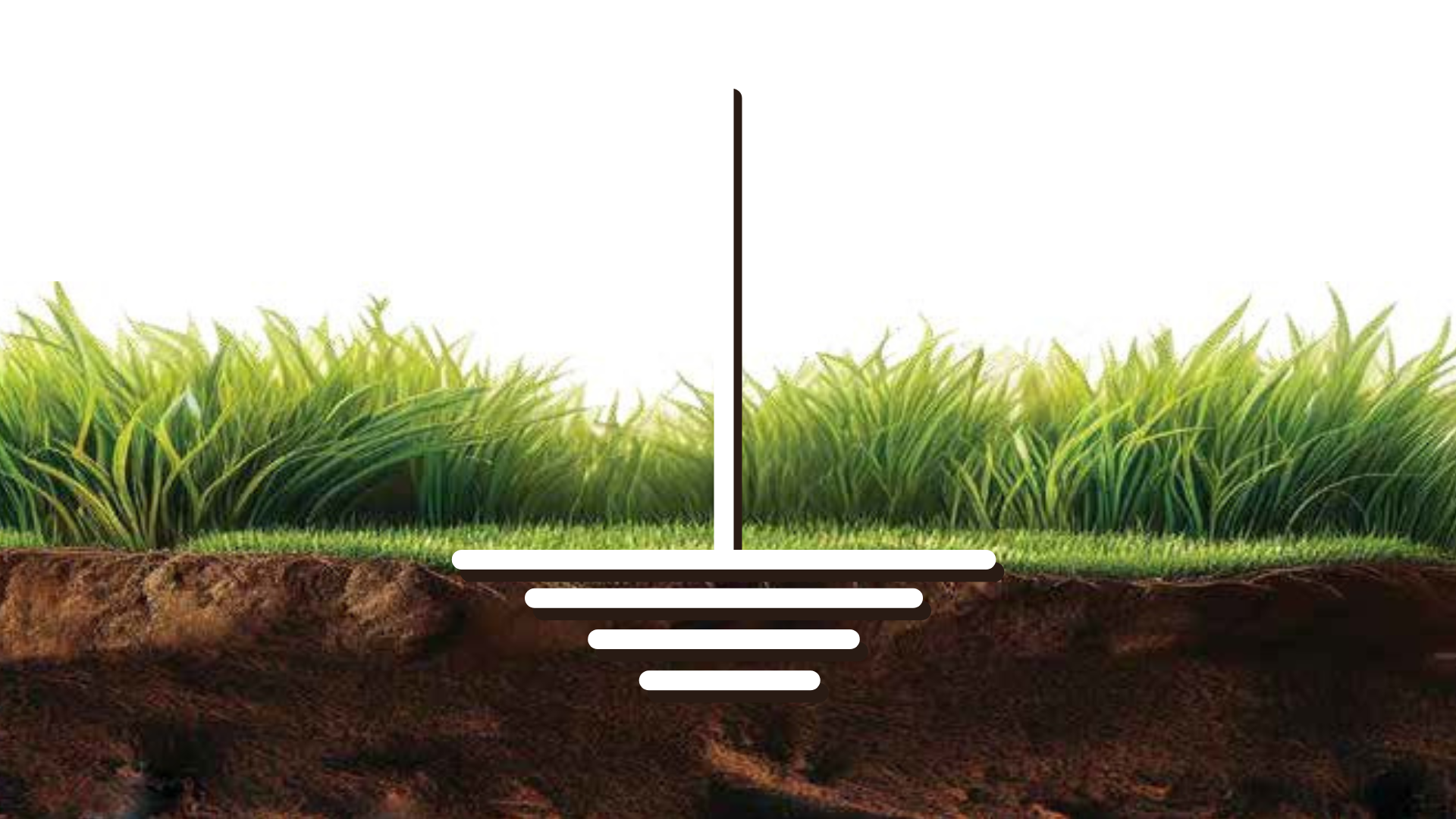
Are you well-grounded? The phrase opens up a wealth of possibilities for exploration. It can reference one’s physical or mental well-being, reflecting a firm grasp of who you are as an individual and a sense of balance in life. It asks whether we are rational, reasonable, logical, and well-founded, demonstrating thorough knowledge and skill in a particular subject.
In the utility locating industry, being “well-grounded” takes on a more specific meaning. It refers to having a solid foundation in locating theory, supported by relevant, hands-on experience. This combination ensures that every aspect of the job is carefully considered, leaving nothing overlooked. At the core of this is an understanding of how Electromagnetic Fields (EMF) work and the importance of completing a circuit with minimal distortion in the EMF.
There’s often a fine line between a successful, accurate locate, and one where the markings are either slightly off the safety zone or outside the acceptable tolerance. These miscalculations can lead to near misses or even damage to the utility infrastructure. A critical factor in this process is the placement of the ground rod – positioned 90 degrees to the target utility – relative to other utilities in the area. If the ground rod is too close to other underground utilities, it can cause interference, with EMF distortion extending 10 to 20 feet and potentially bleeding over, leading to inaccurate locates or accidental damage during excavation. Proper placement of the ground rod along with clear mapping is essential to ensuring both safety and accuracy in the locating process.
Another often overlooked factor that can distort the electromagnetic field in utility locating is the soil. The current must return to the source (the transmitter) via the ground rod, and the soil’s type, compaction, conductivity, and makeup can all significantly affect this process. For example, soil conductivity can vary depending on the season – soil tends to be more conductive in the spring compared to the drier months of summer, with both scenarios influenced by the moisture content in the ground. Let’s take a closer look at how soil moisture affects the line locating process:
1. Higher moisture content = higher conductivity: The moisture in the soil, which contains electrolytes, allows electricity to flow more easily through the ground, improving the signal’s strength and accuracy.
2. Dry soil = higher resistance: When soil is dry, it becomes more resistant to electrical flow. In such conditions, establishing a good signal can be more challenging and you may need to introduce moisture (such as a water, detergent, and salt mixture) to enhance conductivity. Some of you might wonder what this
mixture is and why it’s useful. This mixture works best in soils that have low natural conductivity, such as:
1. Sandy soils: These tend to have low conductivity because they have fewer particles that can retain water or nutrients. The added salt and water increase conductivity by enhancing the soil’s electrolytic properties.
2. Dry or low-moisture soils: These soils lack sufficient natural moisture, making them more resistant to electrical flow. Adding water and salt helps increase conductivity and improve locate accuracy.
3. Clay soils (low permeability): While clay soils are typically more conductive due to their mineral content and ability to retain water, certain types of clay can have lower conductivity when dry or compacted. In these cases, the added moisture and salt mixture can help enhance conductivity.
As we know, water is a good conductor of electricity, particularly when it contains dissolved substances like salts. Salt acts as an electrolyte, increasing the soil’s conductivity while the dish detergent
works as a surfactant. This lowers the surface tension of the water, allowing it to spread more easily through the soil and penetrate areas with lower conductivity. Salt, often sodium chloride, further enhances the conductivity by allowing electricity to flow more efficiently through the soil.
In summary, being well-grounded in both knowledge and practice is essential for success in utility locating. By understanding the science behind electromagnetic fields, recognizing the importance of proper ground rod placement, and considering environmental factors like soil conductivity, we can ensure more accurate locates and prevent costly mistakes. So, I ask once more—are you well-grounded?
